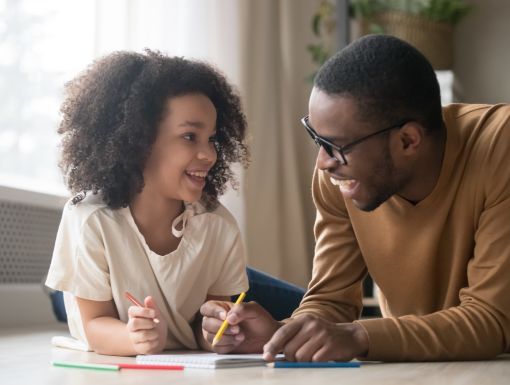
How Has the COVID-19 Pandemic Affected Our Children?
During the COVID-19 pandemic, isolation and a lack of human connection became commonplace. It was a difficult adjustment for many, but children specifically suffered because of this drastic shift during their formative years. A child’s bedroom became their classroom and playdates happened without physical contact. This time in our kids’ lives could shape how they connect with others and the world around them for years to come.
How Things Changed
Because of COVID-19, avoidance behaviors in children and adolescents are on the rise. Parents are seeing their children choose to stay home more (even though restrictions are lifting) due to fear, and possibly to depression and anxiety. During COVID-19, many children created a cocoon of sorts within their homes. With staying home being the new normal, kids adjusted to this way of life and may now be skeptical of resuming normal activities. Many parents are now experiencing pushback as they try to persuade their children to re-engage with their favorite hobbies, sports and other activities. Many children are wondering, “What if it all becomes too much?” Many families found themselves with clear calendars and adjusting to a slower pace as schools, restaurants, businesses and extracurricular activities shut down. At the same time, new demands and competing schedules for virtual schooling and working remotely made family’s lives chaotic in a different way.
Whether your child is a little hesitant to start resuming some of their pre-pandemic activities, or if they can’t wait to get out there and make up for lost time, it’s important to remember your child’s developmental needs and how COVID-19 may have impacted them. A well-known developmental psychologist, Erik Erikson, started theorizing over 100 years ago about the tasks that characterize different stages of development. According to his theory of development, young children are figuring out independence and self-restraint and learning how to initiate and pursue their own goals. School age children are building skills for learning and socializing. Adolescents are trying out different things they may want to integrate into their identity to figure out the kind of person they want to be and what makes them unique. Parents of youth in these age groups may be able to relate what they observe in their children to these developmental tasks, and can also anticipate the things that their child may be having difficulty with as a side effect of the way things changed during the pandemic.
How to Get Things Back on Track
Kids often look to their parents and other adults as an example. Parents should talk with their children and reassure them that proper safety measures are still being taken, and that it is okay to resume most activities that they once loved.
The best thing parents can do for their children during this time is to listen to them, identify with their concerns, address any fears and ask them to help generate solutions to assist in transitioning back to important activities. Make a transition plan for easing back into activities and, when possible, give children choices about what they want to practice resuming first.
Parents should give themselves some reassurance as well. Children and adolescents are often able to be resilient, meaning they find productive ways to overcome adversity. Additionally, some adolescents and young adults may experience something called “posttraumatic growth” in response to the challenges associated with the pandemic. In many situations, children can be better at adapting than adults because they are used to having to defer to adults to guide them around what is happening or what to do next. If you have concerns about how your child or adolescent is adjusting, speak to your pediatrician or someone on your child’s healthcare team to make plans for how to provide support.
Learn more about psychologist Angelia Spurgin, PhD.


